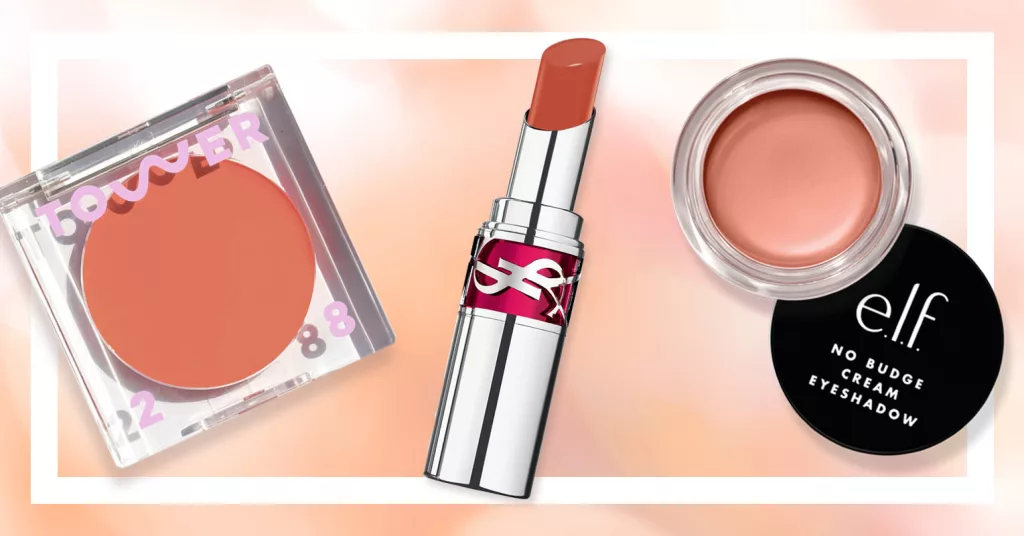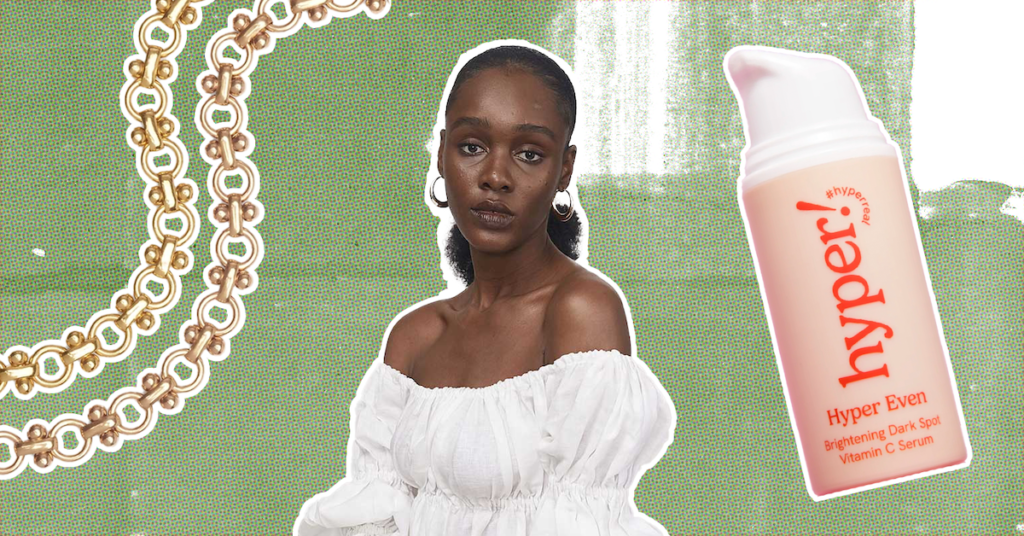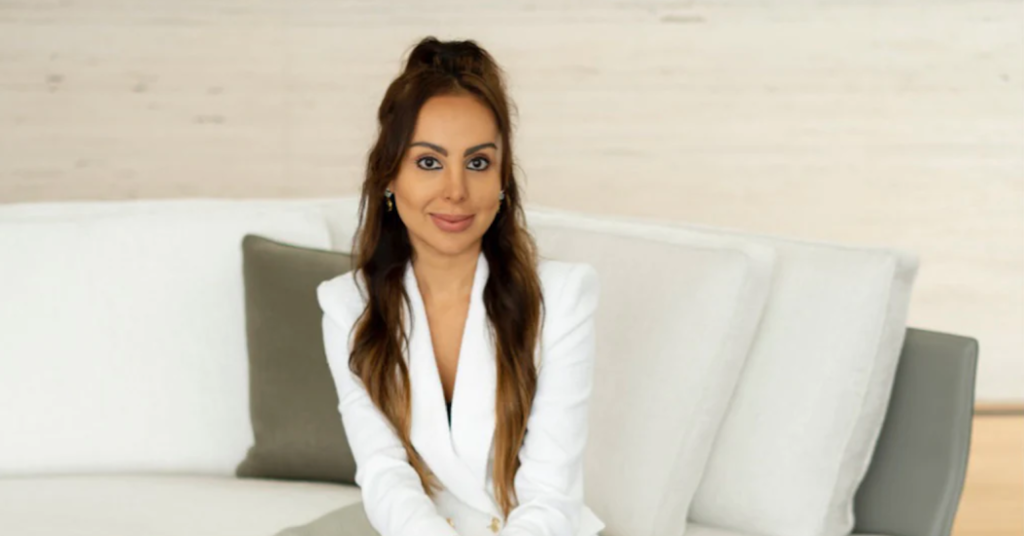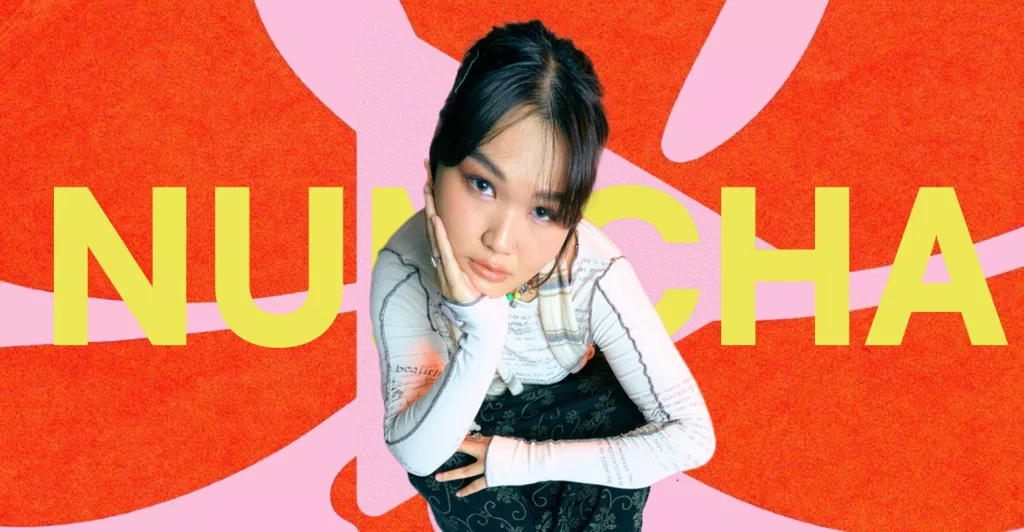Words of Women: eos’ CMO, Soyoung Kang, on Championing Authentic Beauty Marketing
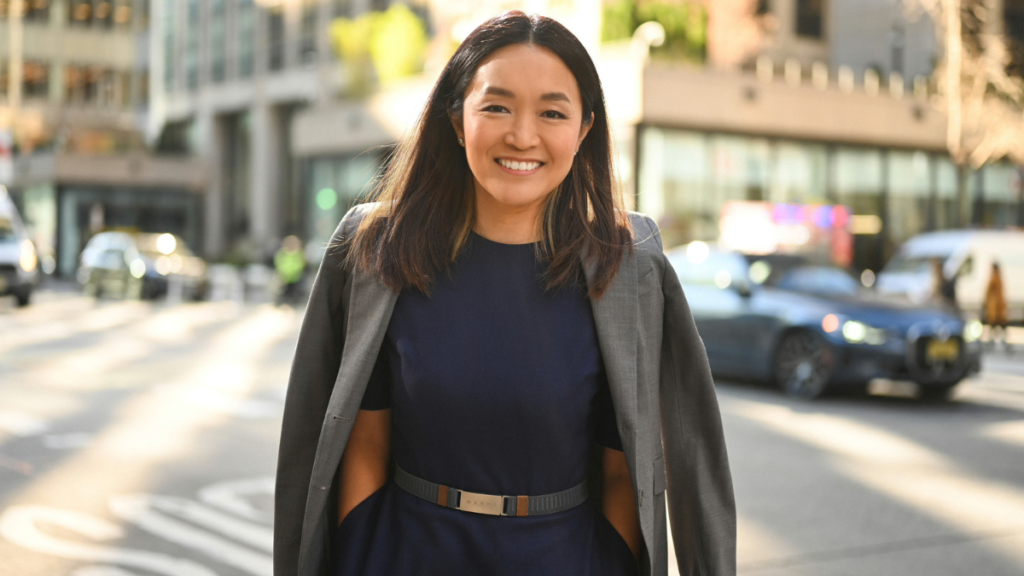
Whether they are entrepreneurs, businesswomen or creatives, women play a pivotal role in shaping the fashion and beauty landscape. In our series “Words of Women,” EnVi highlights the achievements, goals and journey to success of women contributing to the industry. In the latest installment, EnVi spotlights Soyoung Kang, Chief Marketing Officer (CMO) of skincare and beauty brand eos.
With a background in architecture, finance and marketing, Soyoung is credited for championing out-of-the-box marketing strategies and disruptive campaigns such as the award-winning “Bless Your F*ing Cooch.” Under her leadership, eos — previously recognized for one star product — transformed into a multi-category brand, well-loved among Millennials and Generation Z. Soyoung’s work has earned her titles such as CMO to Watch (Business Insider) and 2023 Forbes Entrepreneurial CMO 50. Here on, the executive talks about her career journey, Asian American Pacific Islander (AAPI) representation and the role beauty plays in progressing culture.
EnVi: Tell us about your current role at eos and how you kickstarted your career.
Soyoung Kang: I’ve been at eos now for a little over five years. It’s been about five and a half years that have been not only my first ever CMO gig, but eos’ first-ever CMO role, which has been really exciting. Today, I oversee all of the end-to-end marketing, product and innovation, and e-commerce and digital [operations], which is a wonderful, broad, meaty scope for me, especially as somebody who doesn’t come from a traditional marketing background.
The earlier part of my career was actually more in the world. I was a management consultant, I worked in strategy, and I worked in financial institutions. All the things that I did not personally feel passionate about, were all the things I did for the first 10 years of my career.
How did you transition into the beauty industry?
I was fortunate enough that one of my clients in my last consultant role was L Brands, which owns Bath & Body Works, Victoria’s Secret, and apparel brands. I moved over to the client side and spent way longer than I thought I would. I was there for 14 years. I spent a little bit of time working in the corporate center. I worked at Victoria’s Secret as a retail merchant overseeing specific areas within beauty.
The biggest part of it was that I spent almost 10 years at Bath & Body Works. I ultimately led all of the personal care fragrance and body care, which is the largest division within Bath & Body Works, overseeing brand development and merchandising. It was an amazing role, but 10 years is a long time spent in one place, and certainly in a large company.
How has the experience been at eos so far?
I had this opportunity to join a smaller organization and build-slash-rebuild something from the ground up, which is what was exciting to me about this role. I had never done a lot of the traditional marketing things. [It has] been such an incredible learning experience for me in the last five years to continue to grow and develop because even though I am 25-plus years into my career, I still want to learn new things. And I still want to try new things and discover and challenge myself. That’s what was exciting about this opportunity.
“You want to see people who
— Soyoung Kang
are relatable people, not people
who look like some standard of
beauty that you can never attain.”
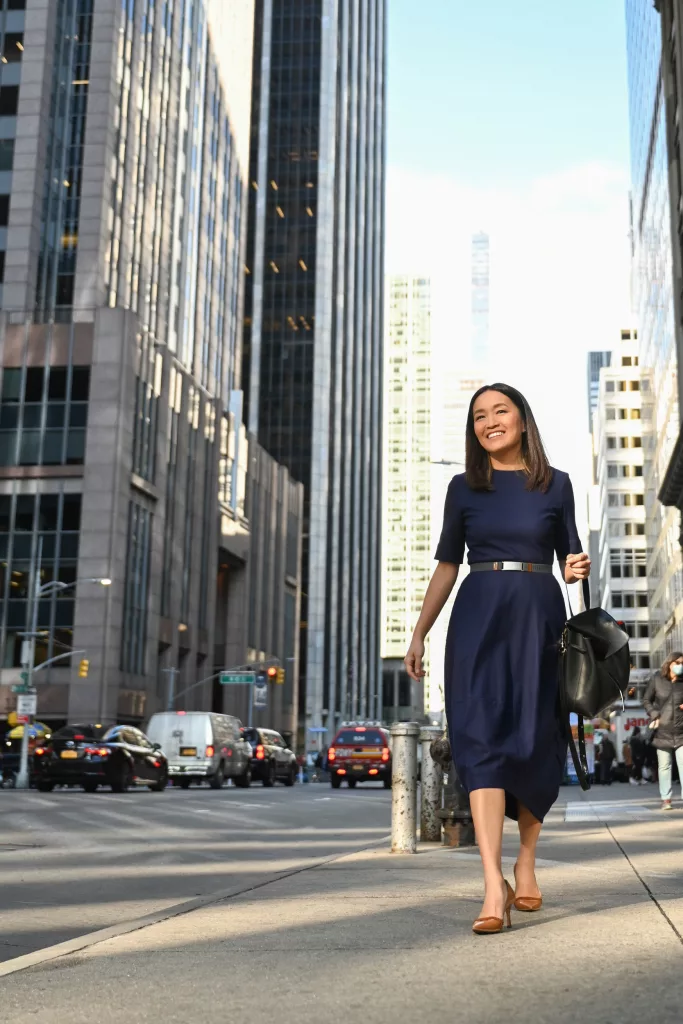
How has eos embraced and celebrated diverse beauty in the AAPI community?
When I first came to eos — I’ll talk about the high level where we were as a brand, which was when I first came into eos — we had been out in the marketplace with a single product, the egg-shaped lip balm. So we needed to figure out how we were going to reinvigorate the next phase of growth. Our history has always been rooted in product innovation and disruption; launching something that was surprising and nobody had ever seen anything like that.
On the marketing side of things, we were always disruptors. We launched with the original influencers and celebrities. If you remember, we were working with Kim Kardashian and people [who were popular] back in the era when social media was first on the rise. By the time I joined eos, that playbook needed to evolve and change because the whole landscape of influencer marketing, creator marketing, and what it means to storytell as a marketer is very different than what it was 12 or 13 years ago.
Big part of that was embracing two things that are at an intersection. Number one, more authentic storytelling with more authentic creators. And number two, diversity and representation in order to reach incremental audiences. The intersection of those two things is where we’ve been seeing some really exciting stuff. Specifically, diverse and inclusive creator marketing strategies have been an exciting place for eos.
How do you ensure this diversity?
About a year and a half into my journey, we established diversity guidelines with all of the representation and talent creators we work with. We wanted to be at least a minimum of 50% diverse across everything that we were doing, and that [includes] Black, African American, Latino, Hispanic, Asian, and Asian American [people]. We have not only met, but we’ve exceeded those goals every year since we established the guidelines. We are proud that we’ve been able to exceed the goals that we set for ourselves across every underrepresented group.
We’ve worked with some amazing AAPI creators from smaller micro creators, who have really passionate and dedicated followings, to mega creators who have the unbelievable ability to reach massive audiences — Bella Porch, for example. More recently, we’re excited to tap beyond creative marketing, in our branded and produced assets, like our commercials on streaming TV. We’ve been able to feature a wide array of diverse talent within that as well. So that we can make sure that we’re shaping representation of the reality of our consumer base, which is very diverse.
You mentioned you work with a lot of creators. Marketing-wise, is there any favorite project or any creator that you’ve worked with?
There are many, to be honest, but there’s probably one that put us on the map. I think it is the most well-known case study. We had a TikTok creator [Carly Joy, @killjoy], a woman who posted about our shave cream, which was not very well known at the time — it was sort of a cult product, but not high on the radar. She posted a very long and hilarious and incredibly profanity-laden and explicit TikTok, where she talked about our shave cream — not sponsored by us or anything, just separately, completely independently. She uses our shave cream to shave her private parts and she said that it was “the secret to how you bless your fucking cooch.” Those were her specific words.
It was hilarious, and she’s so funny. We basically took her exact words, and we printed them on the product. We launched an entire product collection called “Bless Your F*ing Cooch.” It sold out and it went completely viral. We were able to take that momentum and essentially double our business through the work we did with that creator and with the subsequent campaign that we built around it.
How was this campaign different from other collaborations with content creators?
[This campaign was] the most well-known, but we’re always looking for opportunities to work with creators and tell the stories that maybe brands aren’t really telling and maybe that they’re shying away from because it’s not conventional branded language. For us, it’s really about authenticity. It’s about saying things that people are saying to each other anyway. This creator wasn’t doing it because she was trying to be provocative. She was literally using her normal language, talking to her normal audience the way that she does, which is authentic, relatable and real.
As a brand, why wouldn’t we do that too? Let’s talk to people, the way people talk to each other. Let’s use the words that they use when they talk to each other. It has transformed the way that we approach all of our marketing. We’re not afraid to say things the way that people say things, instead of sanitizing them. I think that’s part and parcel of why diverse representation and authentic representation are so important to us as a brand. You want to see people who are relatable people, not people who look like some standard of beauty that you can never attain.
That’s been a huge part of how we’ve shifted. Maybe 10 years ago when we worked with big celebrity influencers. You know, no one can look like Kim Kardashian. But now, when you look at the work we’re putting out there, we’re working with people who are brilliant and creative and amazing storytellers. But they are real. They have real bodies, they have real faces and real skin and real hair. We just love that. It brings that level of authenticity that resonates with our consumers.
In what other ways does eos contribute to redefining beauty standards and promoting inclusivity?
I think that the old way of marketing would have said, if you don’t put aspirational imagery out there, people aren’t going to like that. The great thing is we’re no longer in that world. We’re in a world of authenticity and relatability. For example, our latest campaign that we’re running on TikTok, our top-performing partnership, is with a creator who appears on her TikTok with no makeup. [Her] hair is not done, she’s wearing a regular T-shirt. She’s full on her real self, not some made up unattainable beauty standard. And guess what? It’s our top-performing [post] in the entire campaign, which is filled with amazing content. The fact that she’s the top-performing one is because she’s so relatable. And what she’s saying is real.
By the way, [this] tricks the algorithm because sometimes when you see something in social media, that you recognize as an ad, aren’t you more likely to not want to watch it? Yes. But when you see somebody that looks like a real person who’s talking real talk, you’re more likely to stop and listen. That’s actually been really good for us in terms of performance of the marketing team.
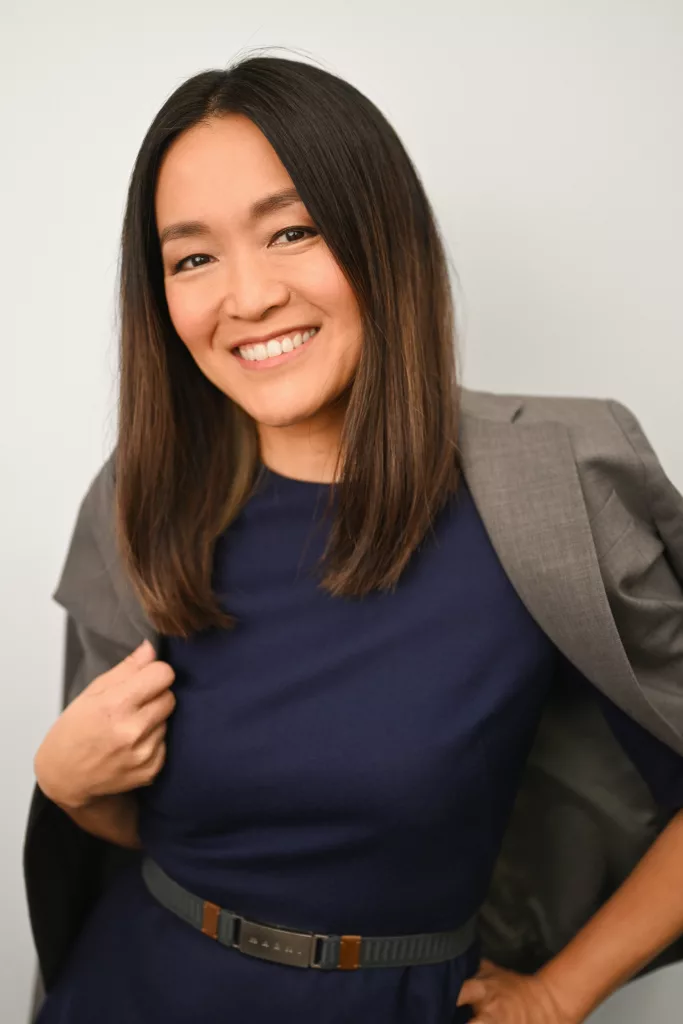
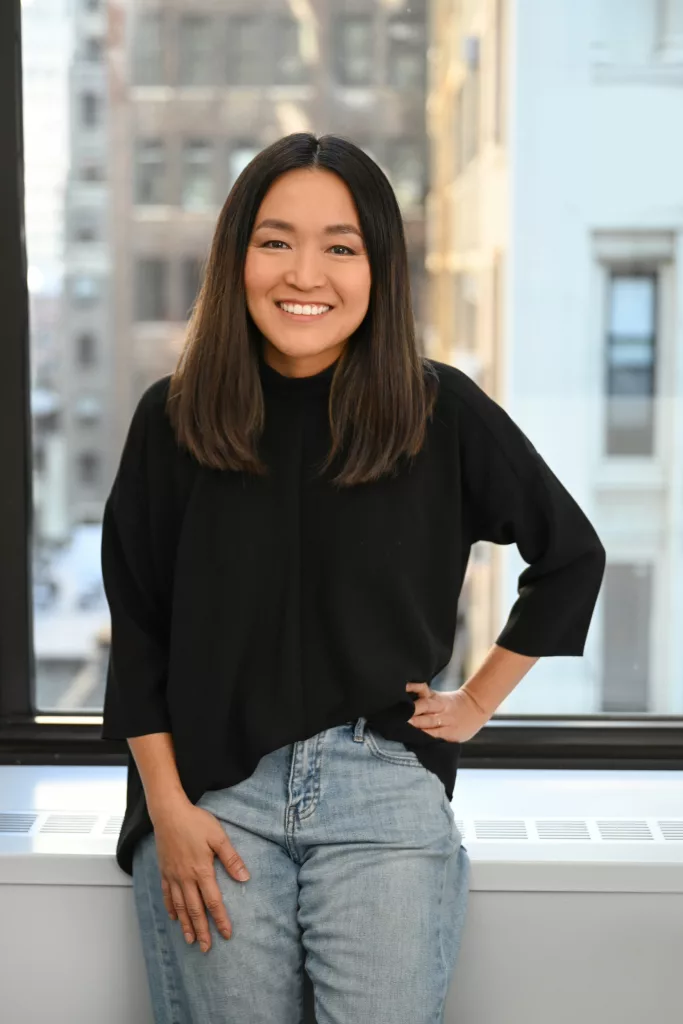
What’s the importance of representation, especially among AAPI communities?
I think that we are always looking to show and represent Asian stories in our marketing storytelling. To get very real, I’m 49. So that means that I grew up at a time when there were not a lot of people who looked like me in the content that I was consuming, which predominantly was TV, movies, and magazines. I was 19, 30 years ago. The first time I had ever seen a fully Asian cast in a movie was on The Joy Luck Club.
This year through Gold House — 30 years later — I got to watch Joy Ride which I think is kind of hilarious: from The Joy Luck Club to Joy Ride. I think that they’re both amazing in different ways. But to be 19 years old in this country, and to finally see a body of work that fully looks like you and your community is mind-blowing and so surreal. Fast forward to where we are now to be able to see the range of the stories that can be told with fully Asian casts, produced by Asian people is mind-blowing to me. I couldn’t but imagine it 30 years ago.
When I was a child, I grew up with predominantly non-Asian people in my school and my community. I remember very distinctly having these moments of cognitive dissonance, where you come home at the end of the day, after you’ve only been — your brain, your eyes, everything — on the receiving end of imagery that [showed] people who don’t look anything like you. And then you look in the mirror and you go, “Whoa, that’s me.” You’re actually sort of surprised. This is weird. It truly there’s no other thing to call it other than cognitive dissonance [between] the internal image of your identity versus what you actually clicked when you looked in the mirror.
While we’re talking about social media and pop culture, how has eos’ marketing and engagement strategies adapted to this landscape?
Today, my kids are growing up in a world where they are surrounded by a mosaic of images and faces of people who look like them, who look like their friends, who look different from them in a good way. They can actually absorb the breadth and the diversity. I think that’s what we’re all working towards. If I can do my part, my little part in the content that I push out there through marketing and advertising, that’s actually really what I want to do. And as I mentioned, it’s actually really good for business. This is not just a nonprofit kind of initiative. This is a good for business, good for growth initiative.
Recommendations of Women
What are your must-have beauty product recommendations?
One thing from what we offer is our recently launched Lip Butter Tube. It’s amazing, it feels so good on skin. You can wear it as an overnight lip mask. It’s called 24H Moisture Lip Butter so I’d have to plug that one thing because I genuinely love the product.
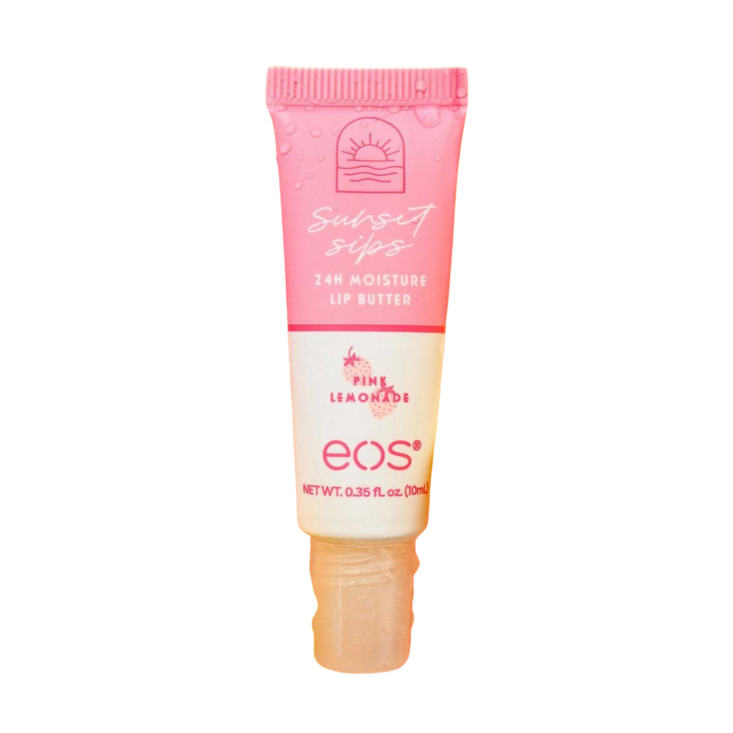
24H Moisture Lip Butter Tube
Beyond that. I was okay with a pretty basic skincare routine. More recently, I’ve started to do more — a multi-step [routine], serums and all that stuff. But the one thing that I have always done, the entire time without fail, is SPF. And it’s the one thing that every single person must do every single day. I love the Korean SPF. I don’t know if you’ve used the Korean ones, but they’re very lightweight. They feel like skincare but they’re really good at protecting your skin.
Want to read more about inspiring women shaping fashion and beauty? Find out how the Hartanto sisters have led PEGGY HARTANTO to be one of Indonesia’s top fashion brands here.
The author’s content and opinions have not been pre-reviewed, approved or endorsed by Discover.
